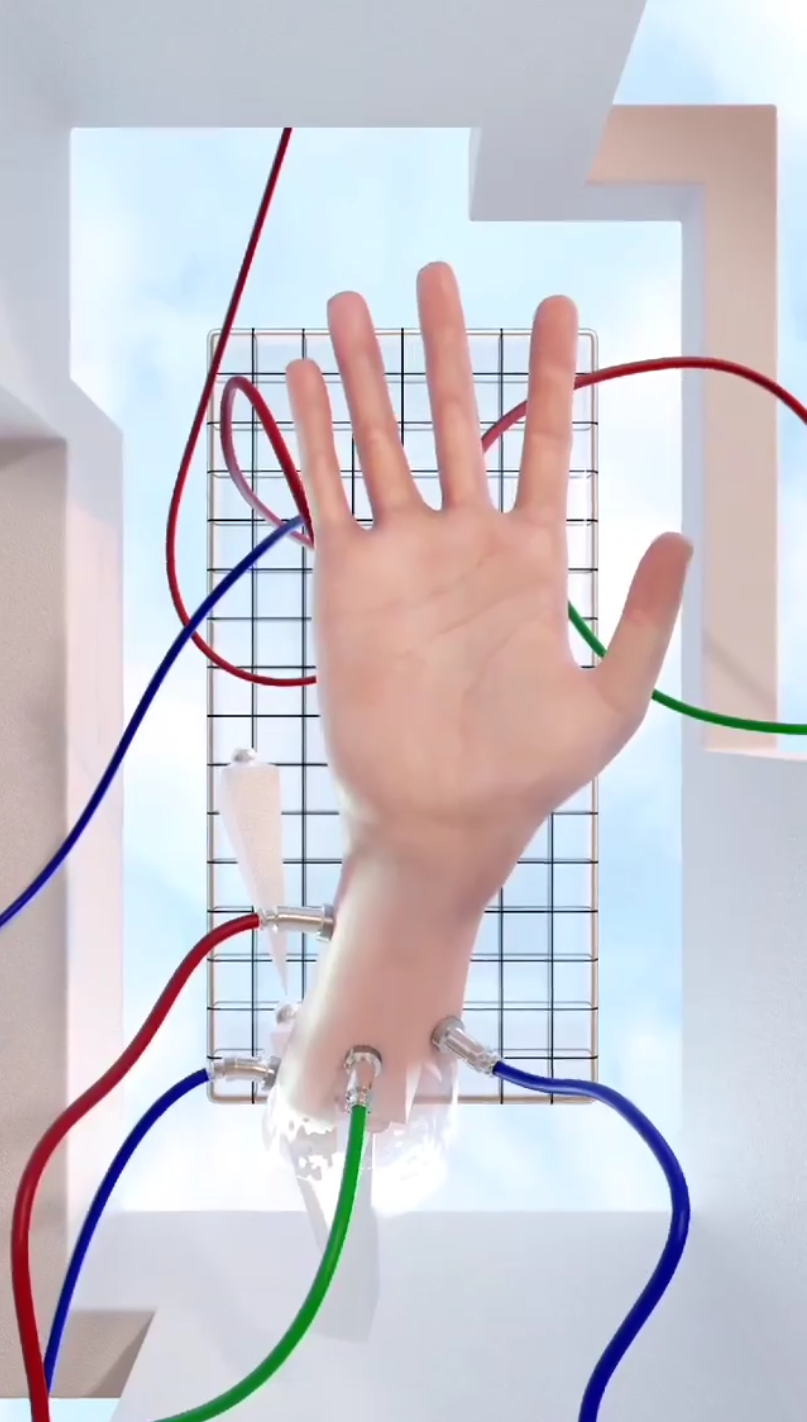CREATIVE NATURE OF TOTAL SYNTHESIS
LAB GALLERY is bridging science & art by opening a transdisciplinary dialogue, asking how visionary artworks might transpose visionary research in nanotechnology and biotechnology. In this first NFTs collection, Creative Nature of Total Synthesis, we look closer at the concept of organically synthesized and designed life. This exhibition intends to understand the creative nature of total synthesis, and how today – more than ever – our imagination can lead to synthesized living materials; whether plants, tissues, body parts, cells or mesmerizing creatures.
Organic synthesis is the creation or modification of life achieved through nano- and biotechnology. RNA, proteins, and nanorobots are today paving the path towards a new chapter for humanity.
The power to build and modify living organisms we can imagine is a revolution that represents a tremendous potential for humanity. Wielding such a powerful tool demands we look closer at our own imaginative power and bring some foresight into our visions. We do that by leveraging art as the field where imagination can be freely unleashed, and science as the field where the highest ideals can be realized. Our digital artists ask our scientists a question: that of what we can totally synthesize. Whereby they open creative and radical avenues for scientific practice.
In « creative nature of total synthesis », imagination meets life, science meets aesthetic.
How can we reach longevity and what would be the beauty of it?
Can we sequence life to produce the future of life?
Can we create new creatures? What becomes of my identity if my body parts are replaced? Can we reach new sustainability through biodegradable, living cellular materials?
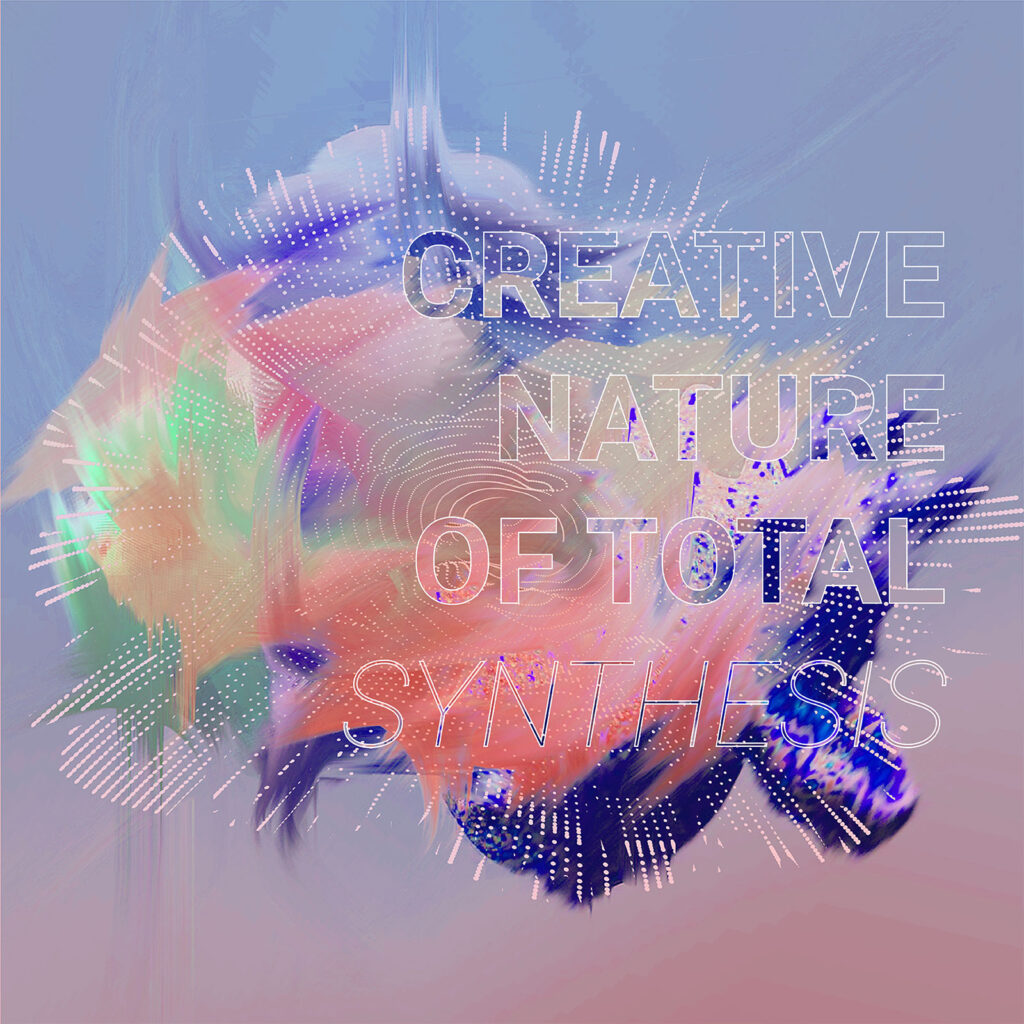
The Scientists
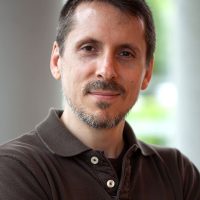
Jean Hebert
Jean Hebert is part of. Departments of Neuroscience and Genetics and Stem Cell Institute at Albert Einstein college of medicine NY. Aging’. The central goal of the Hébert Lab is to reconstruct neocortical tissue in such a way that the activity of this new tissue can encode useful behavior to the animal.
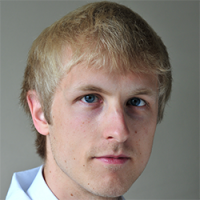
Daniel Ives
A former U. Cambridge PhD student Daniel Ives founded Shift Bioscience studying cellular rejuvenation in humans through the application of machine-learning ‘driver’ clocks to cellular reprogramming. Daniel was inspired to pursue a Longevity mission in 2009 after reading Aubrey de Grey’s 2007 book ‘Ending Aging’.
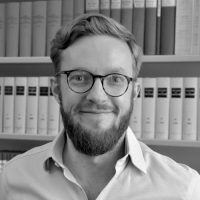
Emil Kendziorra
Dr. Emil Kendziorra has a strong background in medicine, cancer research and entrepreneurship. He has been CEO of multiple tech and medical companies, most recently as a Founder and CEO of Medlanes, the leading digital house call provider in Germany. Before that he ran companies from digital agencies to data analysis companies. Emil graduated summa cum laude in Medicine from University Medical Center Göttingen - one of the leading medical schools in Germany - with a doctoral degree in translational cancer research. He’s a regular keynote speaker on future of healthcare policy, the overlap of healthcare, science and technology as well as an advisor to insurances, hospital chains and pharmaceutical companies on digitalization topics. Furthermore, he’s a mentor to a wide range startups as well as a crypto and early stage angel investor animal.
The Artists
-
Artist
Jonathan Monhagan
Jonathan Monaghan is an artist working across a range of media, including prints, sculpture and computer animated video, to produce otherworldly objects and narratives. Drawing on wide-ranging sources, such as historical artworks and science fiction, his fantastical pieces uncover subconscious anxieties associated with technology and consumerism. Past exhibitions include The Sundance Film Festival, The Hermitage Museum in Saint Petersburg, and The Palais de Tokyo in Paris. His work has been featured in several media outlets including The New York Times, Vogue, and The Washington Post. His work sits in numerous public and private collections including The Crystal Bridges Museum of American Art and the Washington D.C. Art Bank Collection.
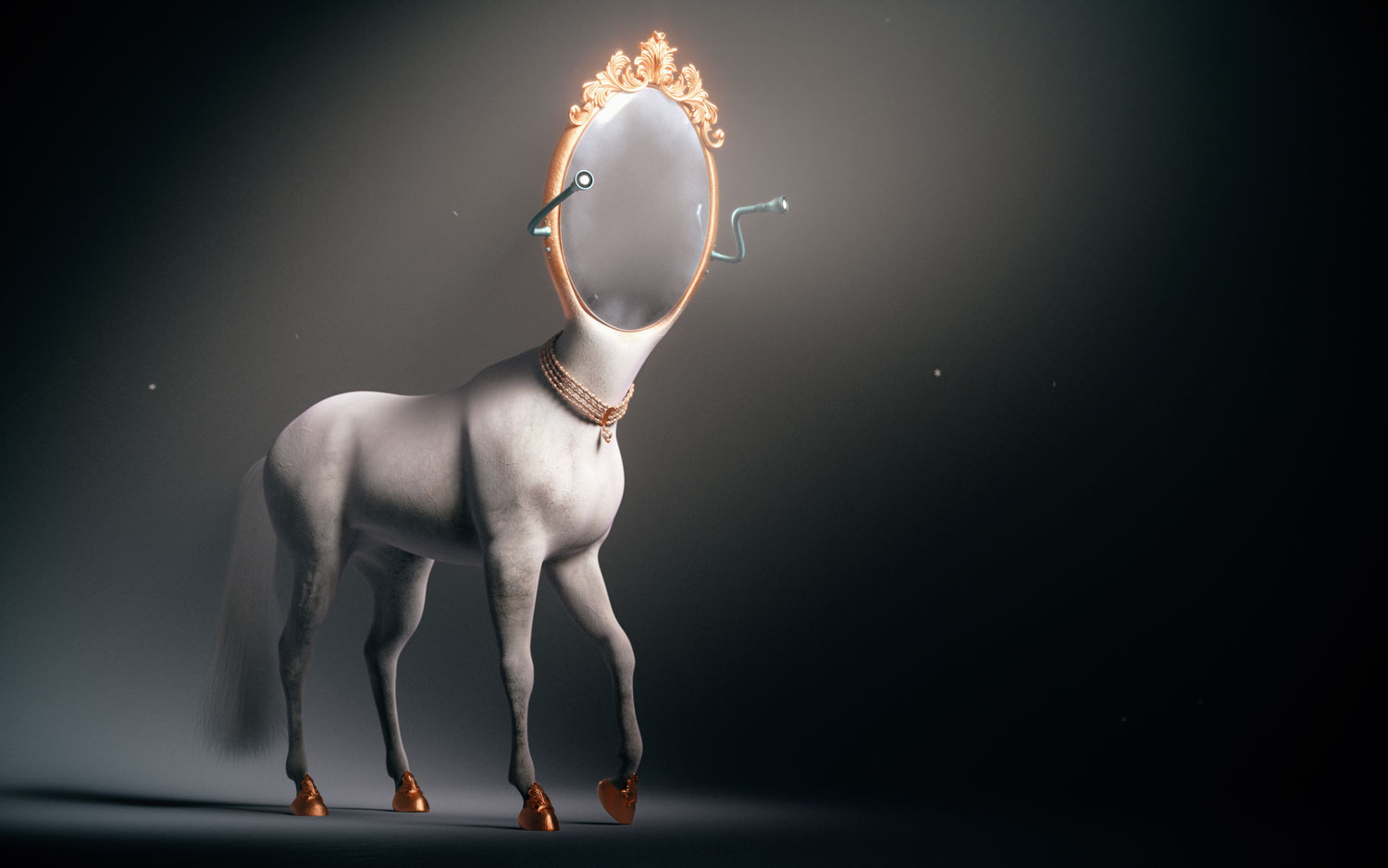
-
Artist
Solimán López
Solimán López conducts his artistic production between his studio in Paris, France (HARDDISK STUDIO) and ESAT LAB, the innovation department he runs at ESAT, Escuela Superior de Arte y Tecnología de Valencia, Spain. His work is focused in the materiality of the digital and the virtual environment and its impact in the common society.
The OLEA project proposes a space for reflection and the rapprochement of species, concepts, economies, societies and information flows converging in a single fluid: olive oil. OLEA is an oleic fluid in which the properties of this oil coexist with the molecular synthesis of the code that gives life to a cryptocurrency in blockchain environments. This hybridisation of spaces reveals a new place of understanding: a new unexpected future in the revolution of the species.
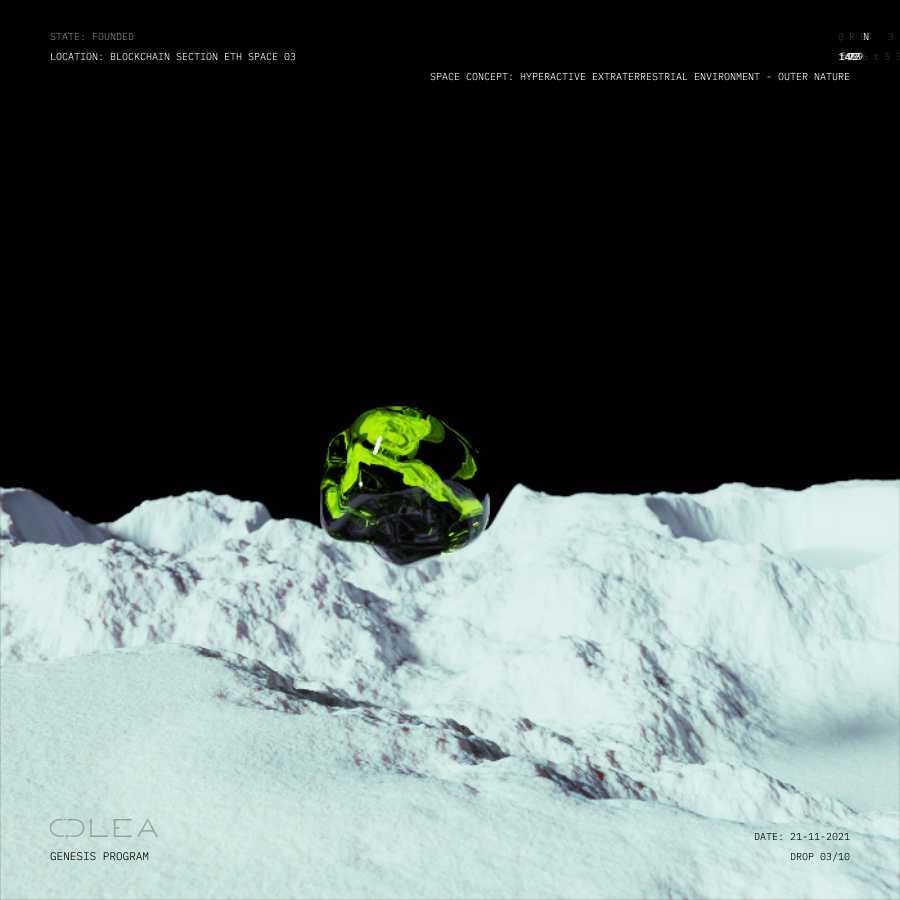
-
Artist
Drew Berry
Drew Berry is a biomedical animator who creates beautiful, accurate visualisations of the dramatic cellular and molecular action that is going on inside our bodies. Beginning his career as a cell biologist, his raw materials are technical reports, research data and models from scientific journals. As an artist he works as a translator, from abstract and complicated scientific concepts into vivid and meaningful visual journeys. Since 1995 he has been a biomedical animator at the Walter and Eliza Hall Institute of Medical Research, Australia. His animations have exhibited at venues such as the Guggenheim Museum, Museum of Modern Art, the Royal Institute of Great Britain and the University of Geneva. In 2010 he received a MacArthur Fellowship “Genius Grant".
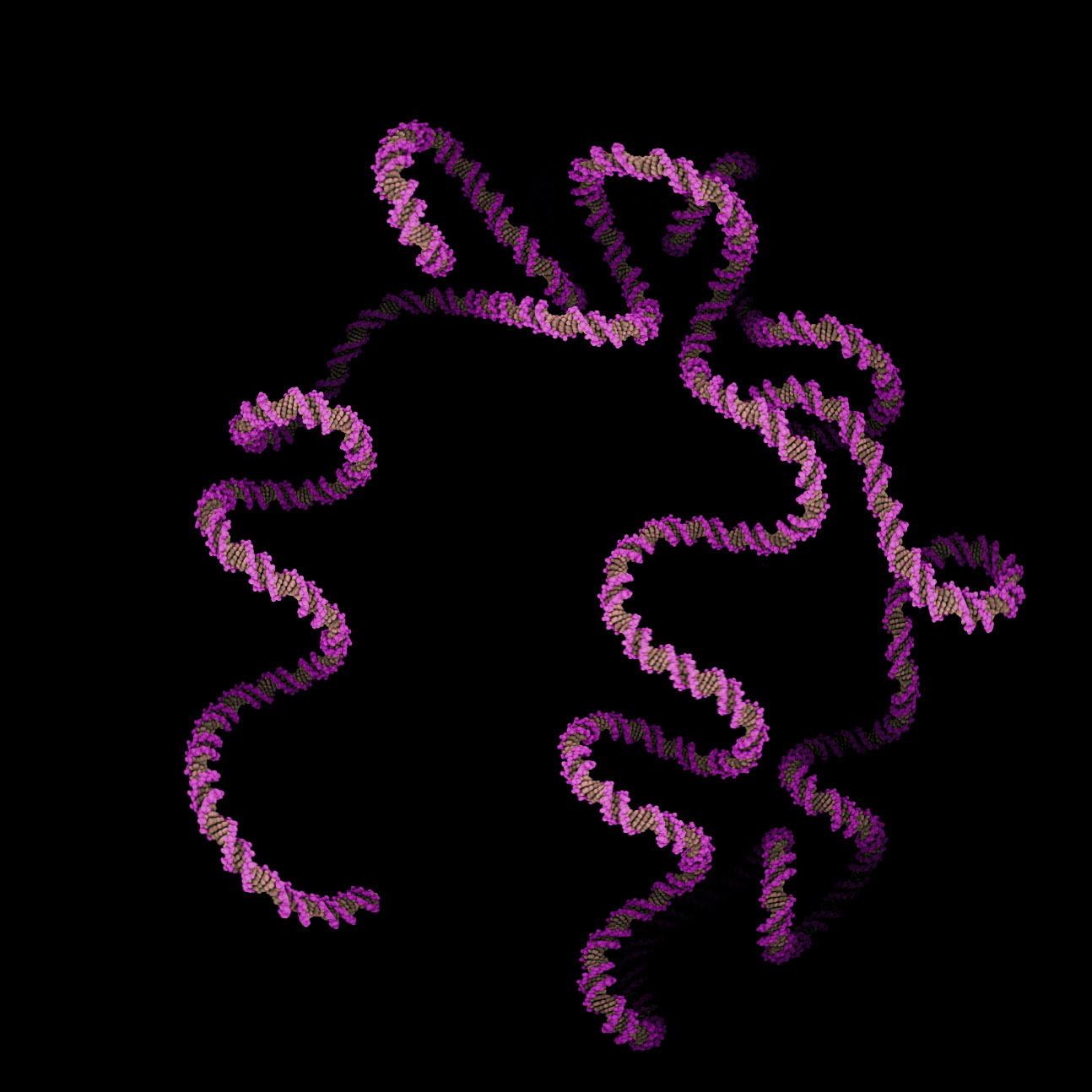
-
Artist
Whitney Vangrin
The manipulation of anatomy plays a major role across her performance and its sculptural elements. The body is fragmented by way of live feed manipulation and the use of practical effects. The isolation of limbs, organs, and bodily fluids emphasizes the vulnerability of our bodies. Each part of the body tells its own history of pain, violence, and loss. Conversely the body fragmented is also a source of recovery. The body merges with video projection and forms of wax, plastic, sugar and dough, and becomes an entity that is ever-shifting and evolving.
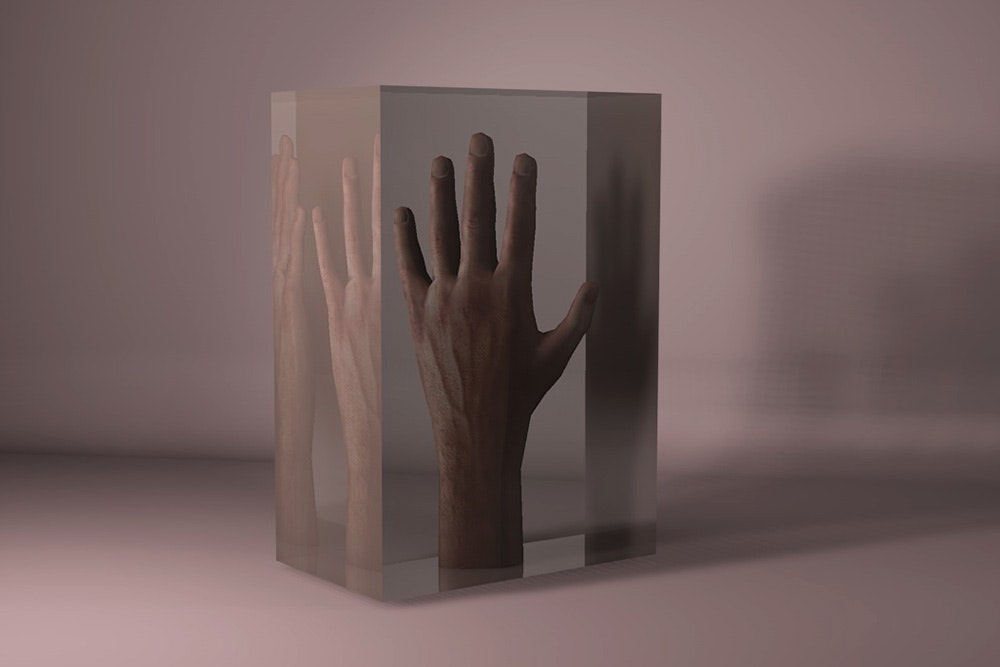
-
Artist
Baron Lanteigne
Baron Lanteigne explores our relationship with technology and its infrastructure through installations of modified screens, cables, electronic devices and animations forming portal screens straddling the real and virtual. However, the essence of his work comes from infiltrations of many cybercommunities and virtual collaborations. In his series MANIPULATION, he explores the behavior of connected body.
